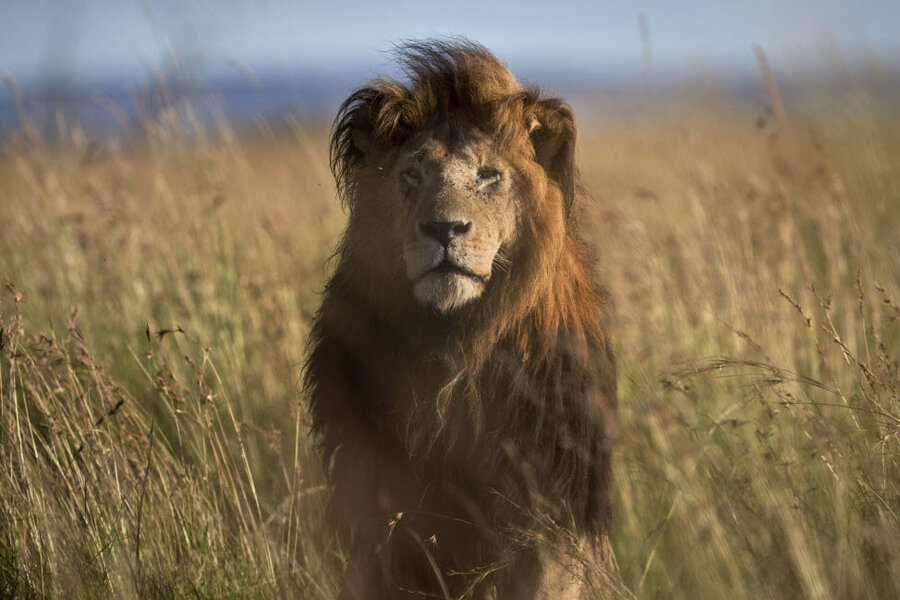Where are all the lions? Study shakes concept of predator-prey ratios.
Loading...
Why aren’t there more lions?
That question fueled a science-shaking discovery about predator-prey ratios.
Double the prey does not mean double the predators, as one might expect. Instead, researchers found that an ecosystem crowded with prey held relatively fewer predators.
When Ian Hatton, a McGill University PhD student, began studying lions and their prey in protected parks in East and Southern Africa, he found himself looking for more lions.
A veritable feast of gazelles bounded around and Zebras trotted freely – easy pickings for a pack of hungry lions. But there were fewer than Mr. Hatton expected.
Upon further research, Hatton and the other scientists discovered that this was a pattern. Prey-crowded areas had fewer lions than expected. More prey did mean a few more lions, but the lions did not increase proportionally to the gazelle population, for example.
When they examined studies on other animals, the researchers saw the same pattern. Large populations of prey did not lead to a significant increase of predators.
This wasn’t limited to carnivores. The same pattern appeared among herbivores and the plants they eat.
“We kept being astonished,” study co-author Kevin McCann, of Guelph University’s Department of Integrated Biology, said in a news release. “This is just an amazing pattern.”
Researchers surmise that this pattern emerges because of prey reproduction rates. In crowded areas, prey reproduce at slower rates. Thus the prey population is made up of many healthy adults.
It’s easiest for predators to capture and kill younger prey or older, weaker prey. As such, a crowded population of prey that is reproducing at slower rates makes getting a meal more difficult for predators to find.
As this predator-prey relationship suggests, every species in the food chain influences others. In ecosystems that have lost an animal, dramatic changes have been observed.
Similarly, when an animal has been reintroduced to an environment, the balance has shifted for all living things. Those changes can affect many beings down the food chain. For example, when wolves were returned to Yellowstone National Park, more berries grew that bears could eat.
Also, lions were re-introduced to Rwanda in June as part of a conservation effort to return the ecosystem to its natural balance. The lion population had been demolished during recovery from the 1994 genocide.
In both of those cases, it was human impact that destroyed the predator population – be it wolf or lion. The case of Cecil the Lion’s death at the hands of an American dentist is just one instance of human influence, that sparked a global dialogue about humans’ role in the food chain.
The pattern revealed by Hatton and the other researchers might help scientists better guide those discussions.








